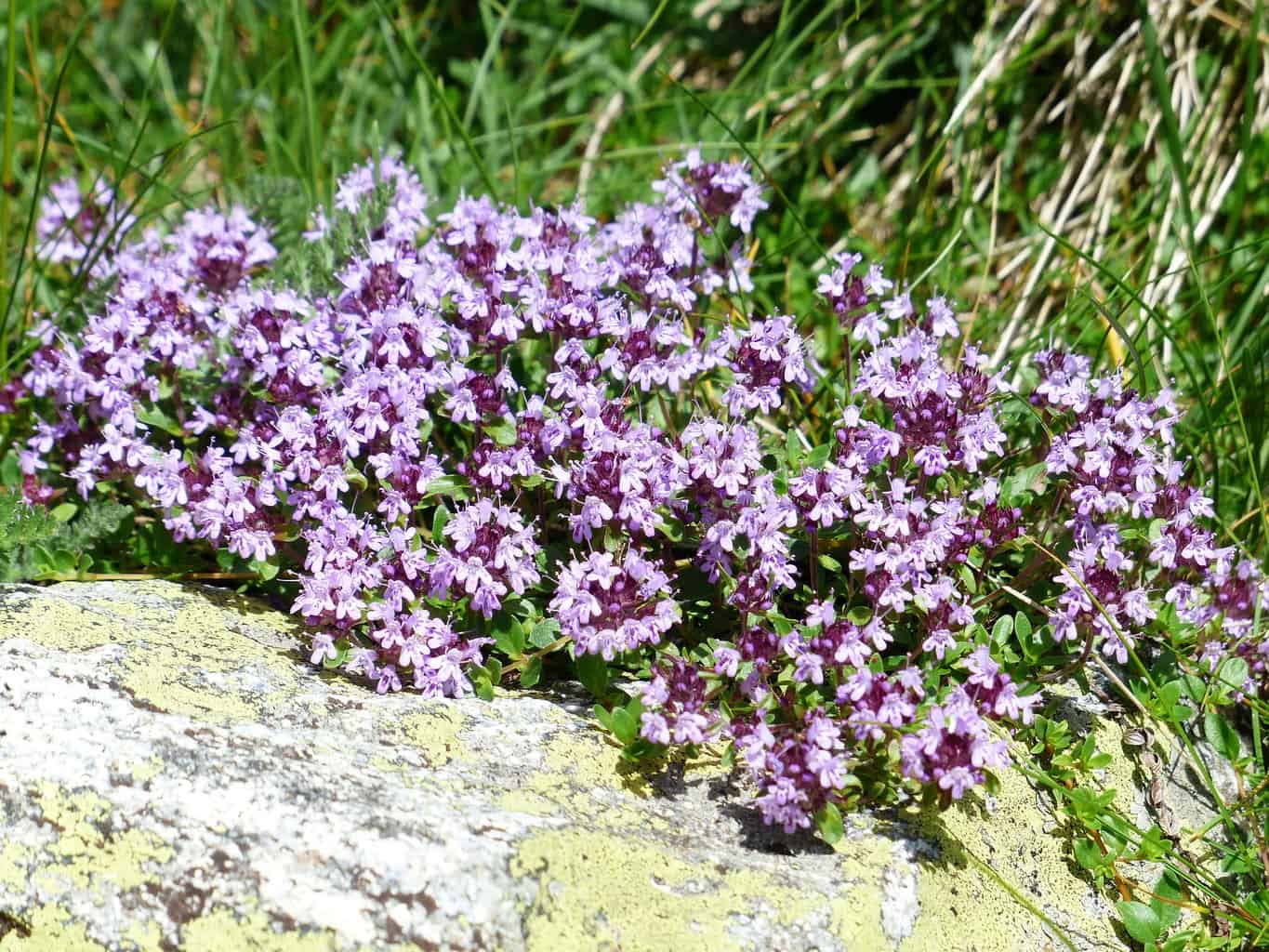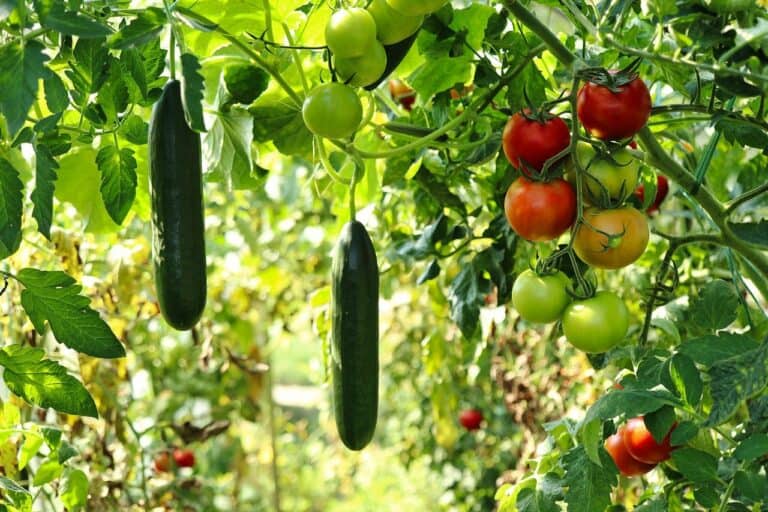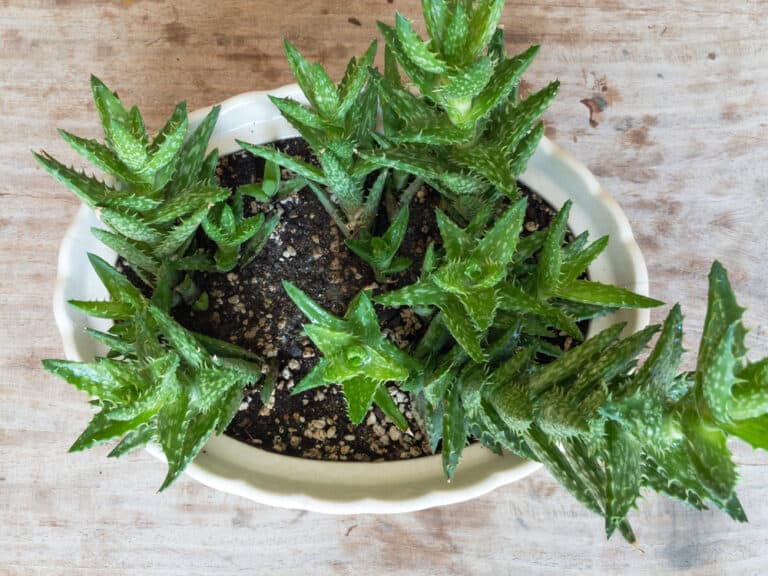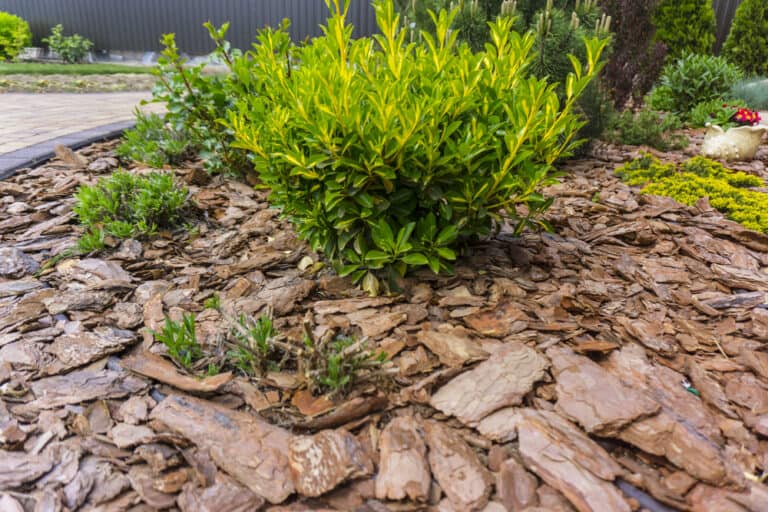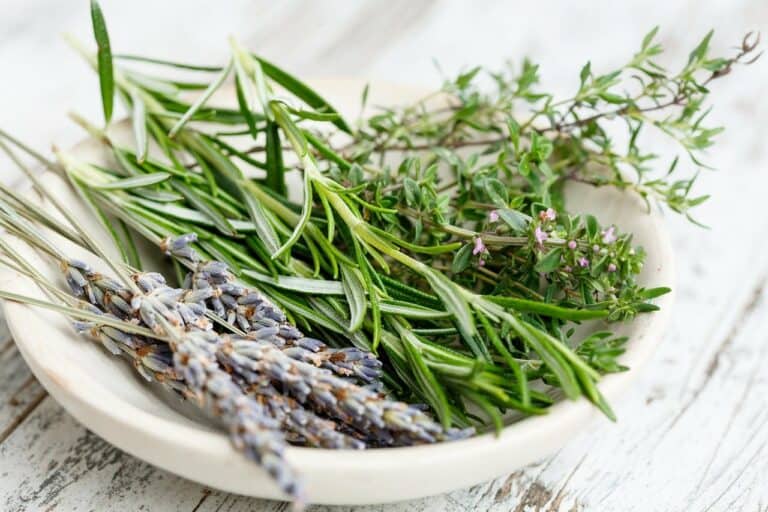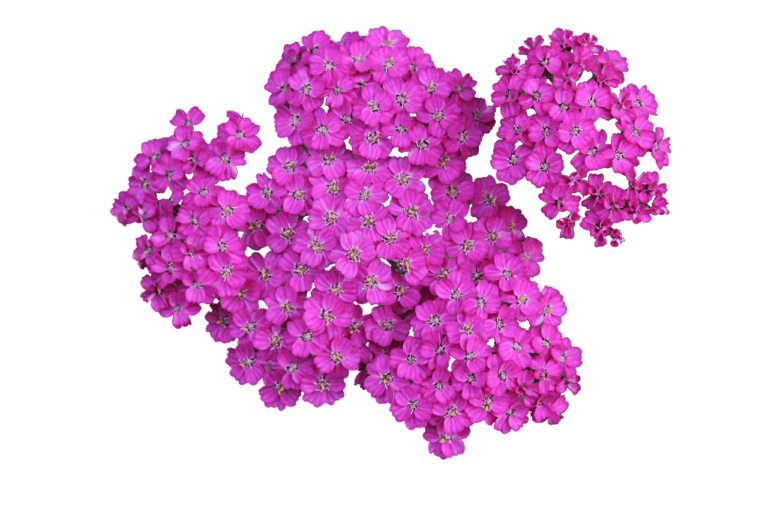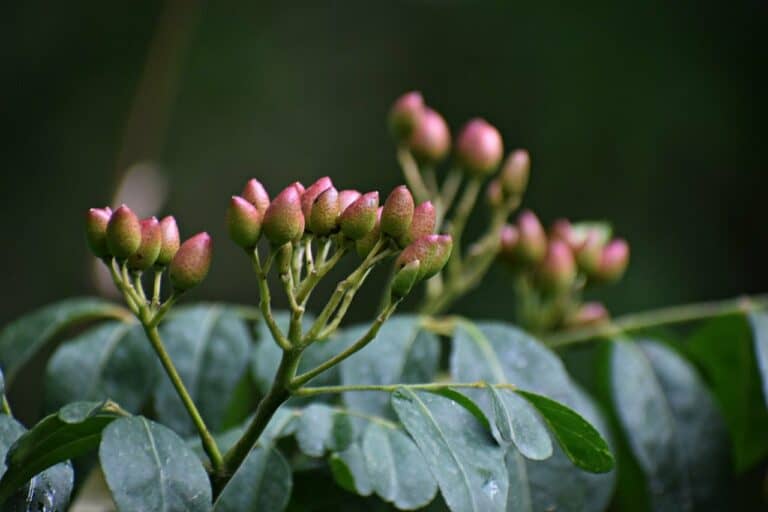Table of Contents
Creeping Thyme
An easily grown variety among thyme is creeping thyme, also known as “Mother of Thyme.” People love it because it is short in height. It is a ground cover plant that is not very tall and has beautiful purple, white or pink leaves depending on their varieties. This shrub plant has a pleasant mint-like scent. Most have purple leaves, but creeping thyme spreads more quickly than other thyme varieties. People enjoy creeping thymes for their pleasant scent as they belong to the mint family and have a pleasant mint scent. They are also edible, and most of them can be used for cooking purposes.
Why do People Grow and Like Creeping Thyme?
People like creeping thyme because it is a perfect cover plant used for landscaping purposes. It is a covering plant used to cover lawns and barren land. Creeping thyme gives a flawless look when grown between stepping stones as filler. People like and develop it because of its attractive look and pleasant scent. This plant is resistant to most pests and diseases. It spread rapidly in almost all types of soil.
Moreover, their leaves are edible and can be taken with a meal. This plant or herb covers the ground very nicely and is called an excellent ground cover. Typically, it is an evergreen plant, but if some of its leaves die in winter, it does not need pruning. This plant can grow best in Europe, Northern Africa, and Central Asia.
Is Creeping Thyme Invasive?
The most asked question about this plant that is creeping thyme invasive? The fact is that it is not invasive. It is easily manageable or requires less management to grow. But like other plants, it also needs some care. However, Creeping thyme is a fast-growing woody plant but does not get height very soon. Its maximum height is 3 inches or 7.5 cm. however, if left untreated, like not doing brashing or pruning, it can get height up to 10 inches or 25 cm over time. It is a perennial plant and comes back after every 1 year to grow. Therefore, it requires less Maintainance like others cover plants.
Does Creeping Thyme Require Sun or Shade?
Many people ask whether it grows well in sunlight or a shady place. Yes, indeed, Creeping Thyme is a sun-loving plant and requires sunlight to grow well. But it does not create significant issues with partial shade.
In sunny areas, it will grow best and will appear dense. The plant will not grow much thick in shades, and its scent will be affected. Moreover, a sunny place will also improve its soil quality, requiring well-drained soil. Its growth is affected by wet.
Creeping Thyme Plant care:
Although creeping thyme requires a little maintenance, you should care about some basic things.
Soil: Creeping thyme grows in almost all soil types but gives the best results in Alkaline soil. Check the soil by pH meter before planting and make it alkaline. For your easiness, the pH reading should be higher than 8. Make sure there is a sound drainage system in the soil. Poor drainage soil will make the leaves yellowing brown, which will slowly affect the growth of the whole plant. Fix this issue before it gets root rot, a disease in which soil becomes soggy for roots. Most of the growers don’t recommend fertilizers for creeping thyme.
Sun Duration:
It requires at least 4-6 hours of sunshine to grow best. Creeping thyme loves the sun and blooms well. In the absence of sun, plants will be unhealthy and result in leggier growth.
Pruning:
One crucial tip is to plant it at least 10 inches apart from your accommodation as it spreads. In spring, prune it to become ready for the next growing season. Subsequent pruning should be done when flowers die. Creeping thyme becomes woody over time. You can remove the woody stem if it dominates a large area of the creeping thyme and replaces them with others. It will make an opportunity for younger and tiny plants to get full sunshine.
Pest attack, Diseases, and Other Weather Conditions that Affect Creeping Thymes:
Usually, creeping thyme is pest-resistant. There are no significant diseases that can destroy them at once. However, frost can affect its growth and make them retardant. To fix this issue, do mulching, i.e., cover them with transparent plastic or hay grass. Weeds are not a specific issue.
Quick Guide Table
| Plant Type | Woody Shrub | Growing Season | Summer |
| Spacing | 8-12 inches | Height | 2-6 inches |
| Spread | 5-12 inches | Soil | Well drain |
| Sun Exposure | >6hrs | Soil pH | 8.00 |
| Petals Colour | White, Pink, Purple, Silvery Green | Soil Type | Dry, Sandy |
| Major Diseases | Root Rot (absence of drainage) | Uses | Cover Lands |


